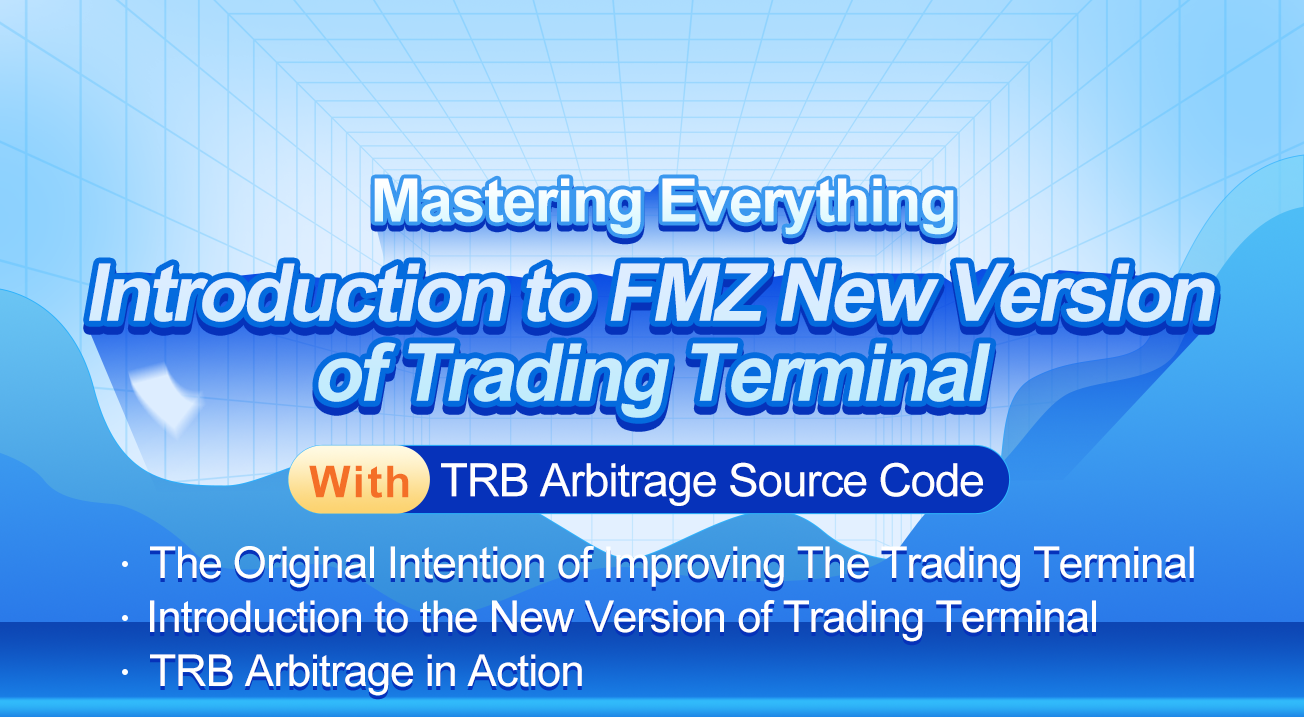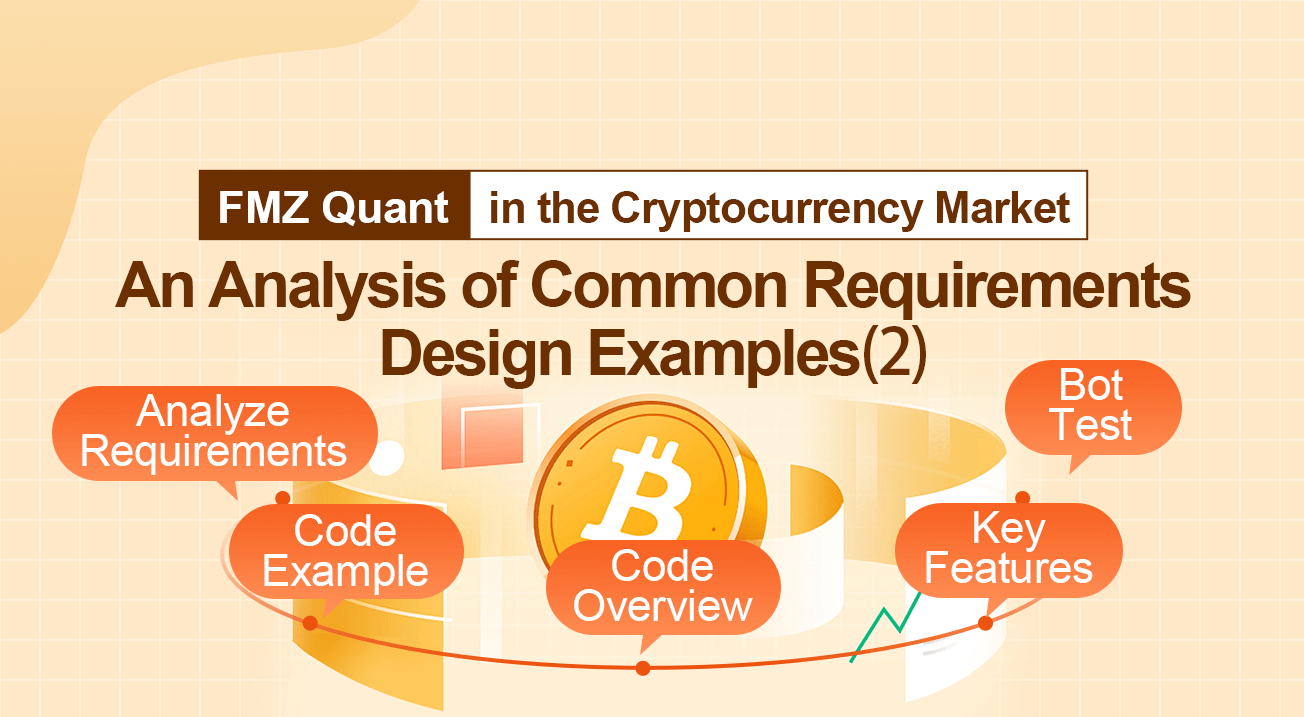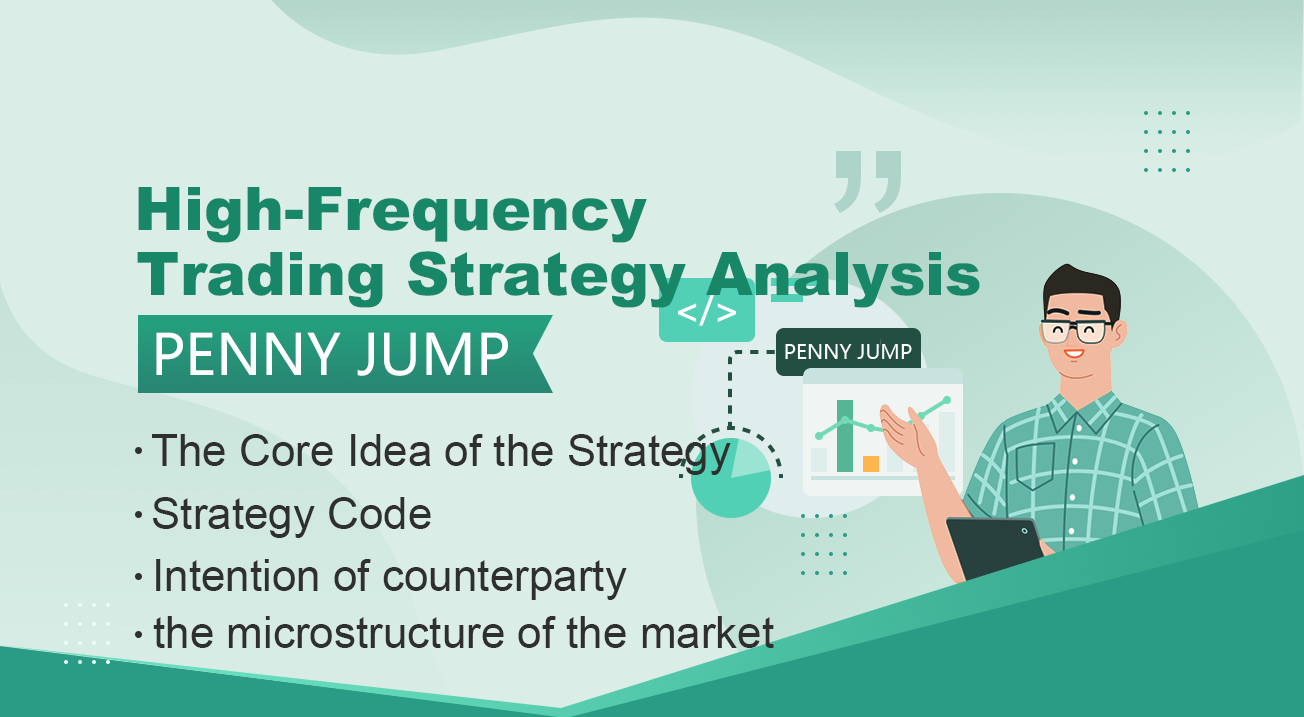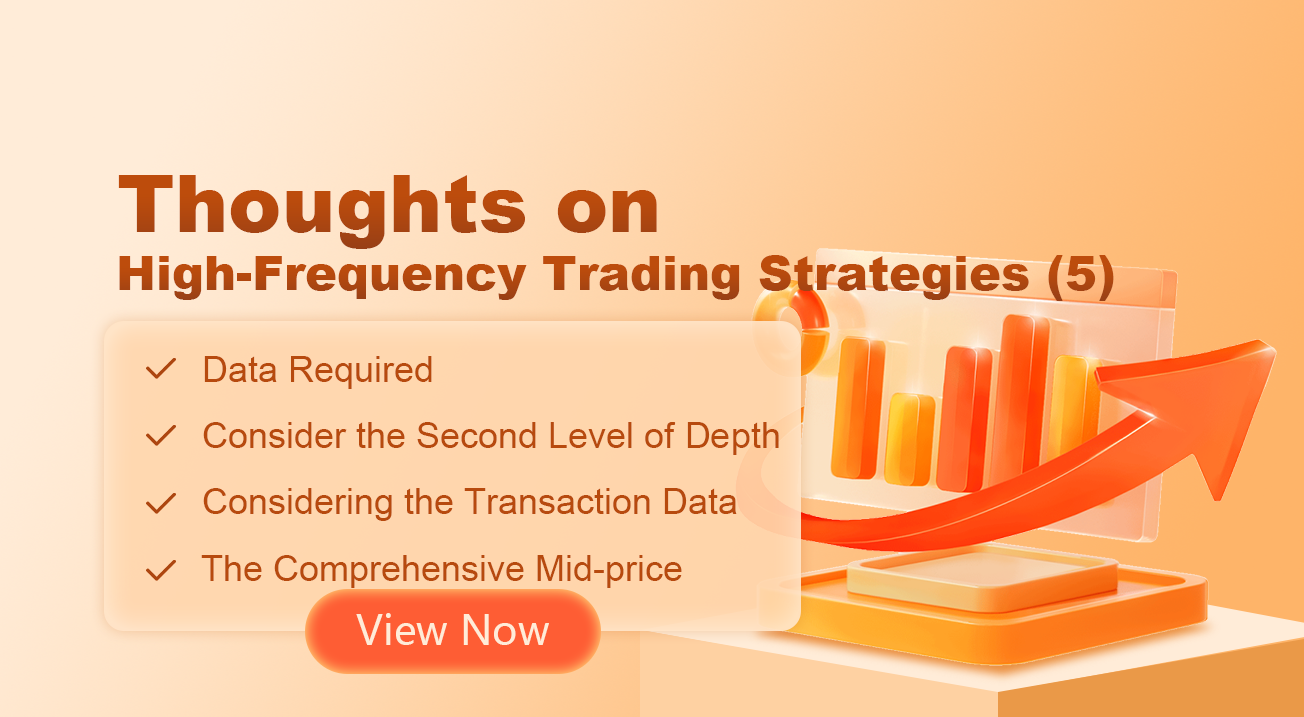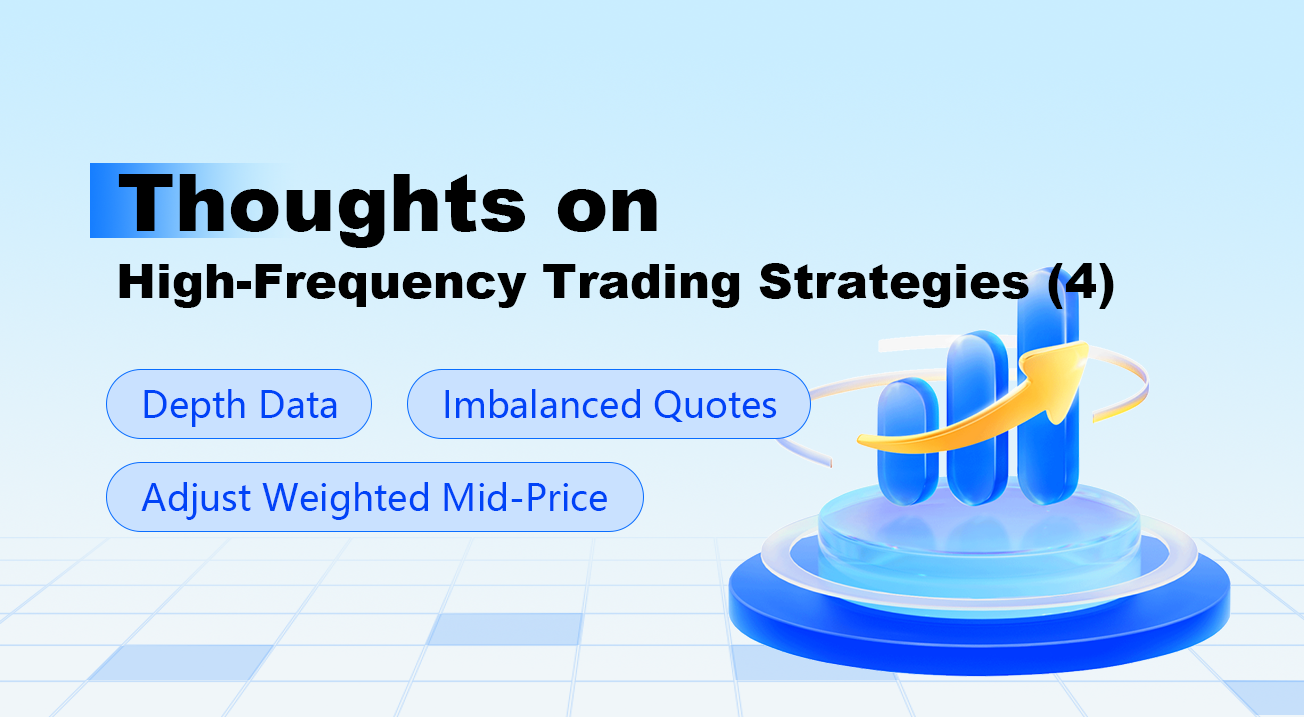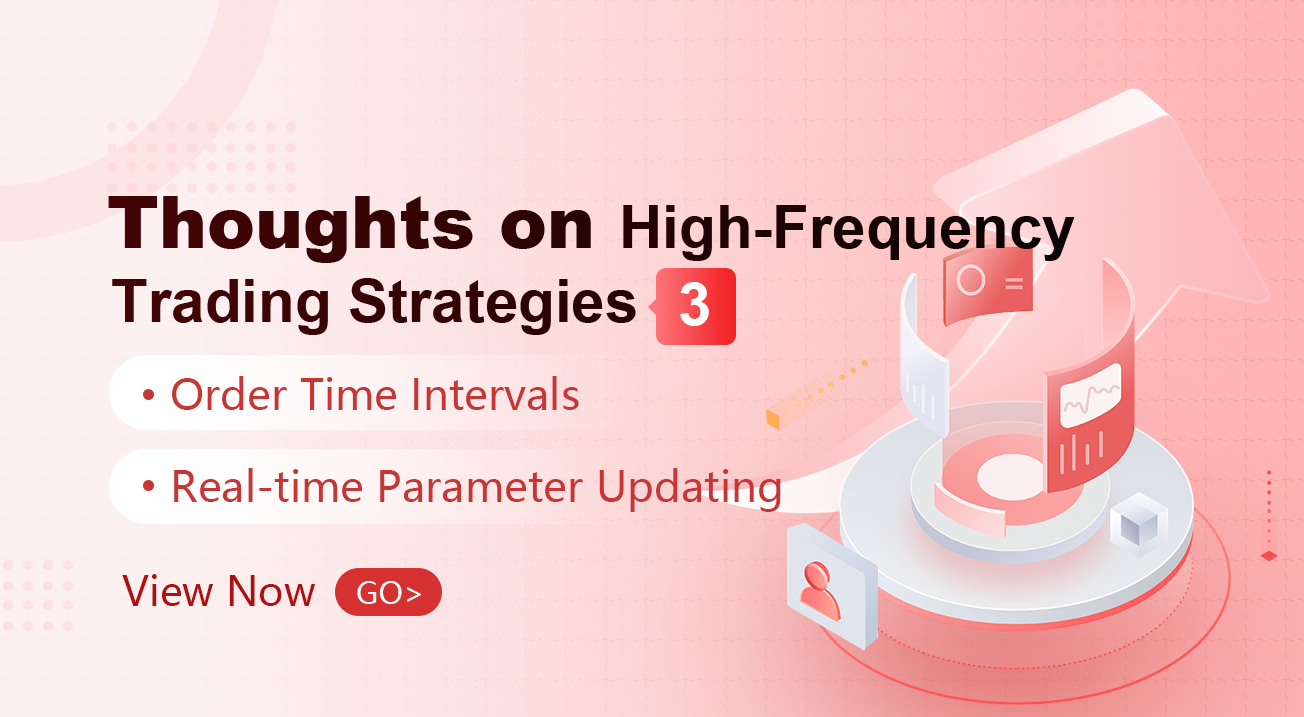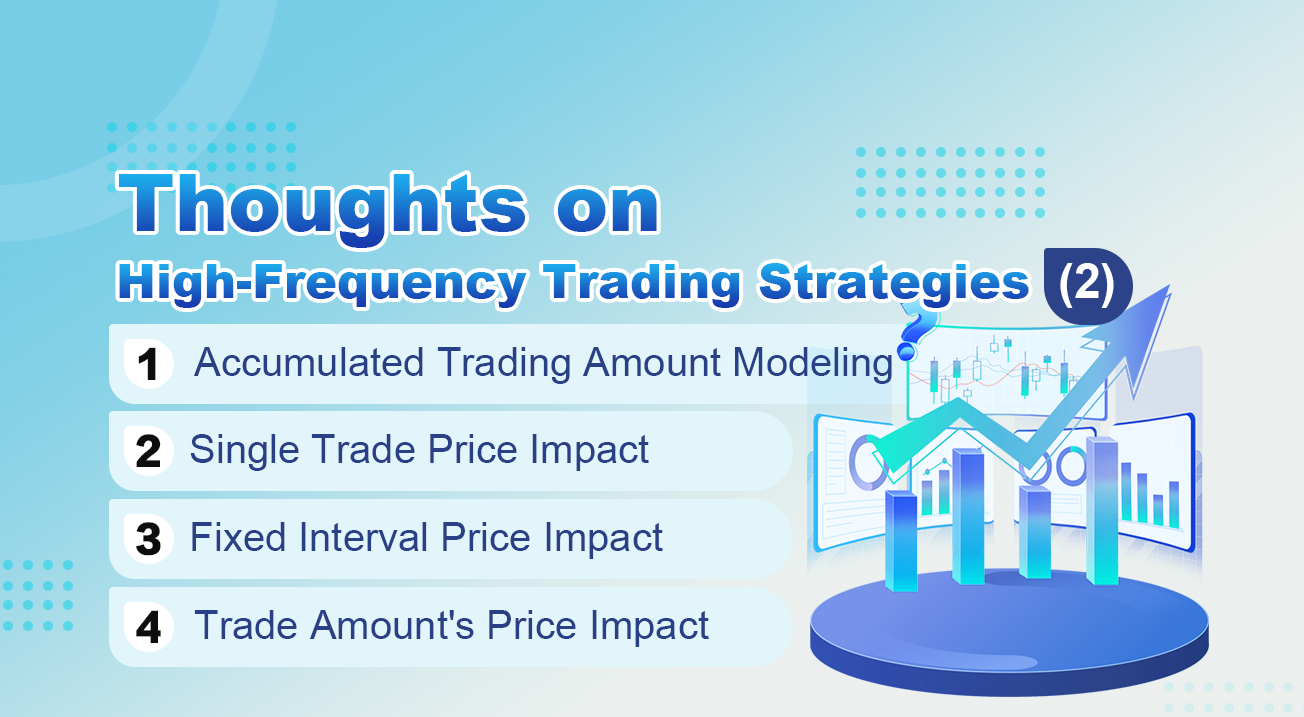After many weeks of intense development, the new version of FMZ’s trading terminal is online finally. It is supported by both the web page and the mobile APP. It is definitely the most powerful ...
In response to the comments from readers in the previous article, they requested a program example for monitoring contract account transfers. In this article, we will use Binance exchange as the test ...
The perpetual grid strategy is a popular classic strategy on FMZ platform. Compared with the spot grid, there is no need to have currencies, and leverage can be added, which is much more convenient th...
The previous articles https://www.fmz.com/digest-topic/10286 and https://www.fmz.com/digest-topic/10292 discussed the correlation between cryptocurrency price fluctuations and Bitc...
High-frequency trading is a challenging and competitive field that relies on rapid trade execution and sensitive insights into the microstructure of the market. One notable strategy is Penny Jump, whi...
Looking at a not-so-reliable trading idea — the K-line area trading strategy, in this article, we will explore the concept and try to implement the script. Main Idea of the K-Line Area Strategy ...
In the previous article, various methods for calculating mid-price were introduced, and a revised mid-price was proposed. In this article, we will delve deeper into this topic. Data Required We need o...
The previous article demonstrated the need for dynamically adjusting parameters and how to evaluate the quality of estimates by studying the order arrival intervals. This article will focus on depth d...
In the previous article, I introduced how to model cumulative trading volume and analyzed the phenomenon of price impact. In this article, I will continue to analyze the trades order data. YGG recentl...
Accumulated Trading Amount Modeling In the previous article, we derived an expression for the probability of a single trade amount being greater than a certain value. We are also interested in the dis...
